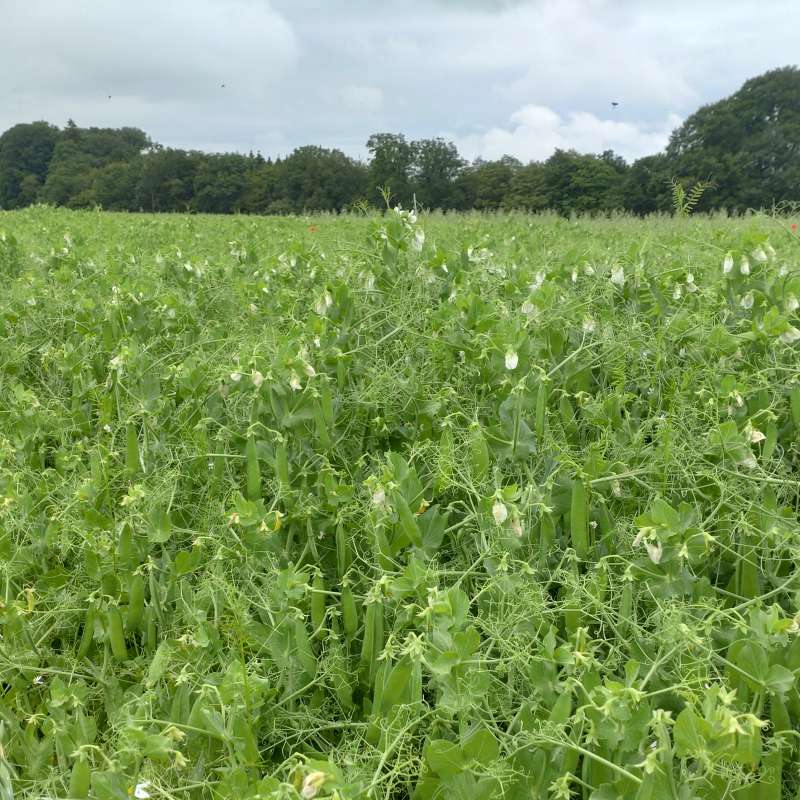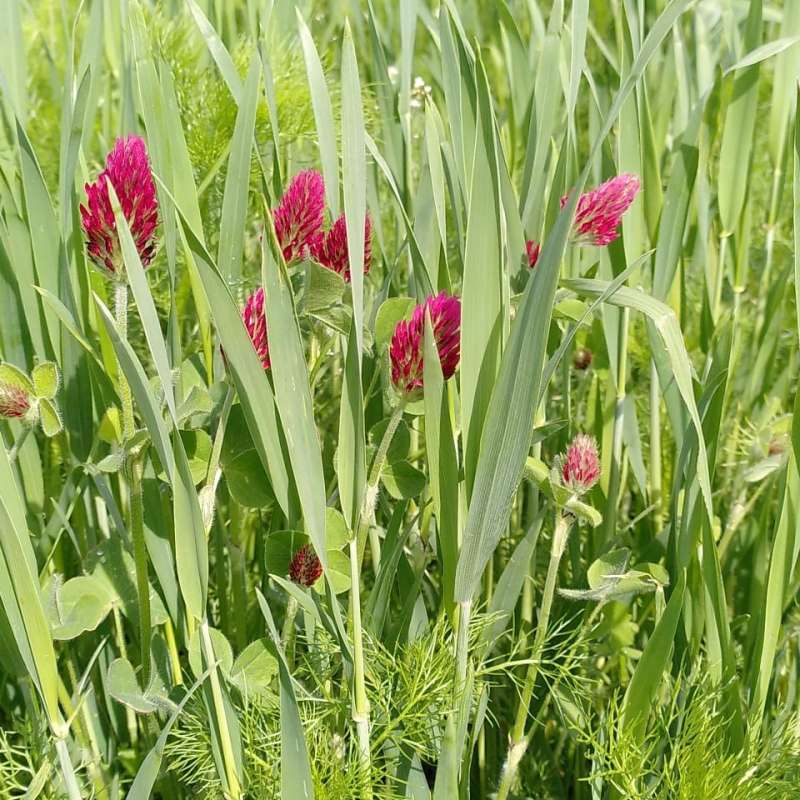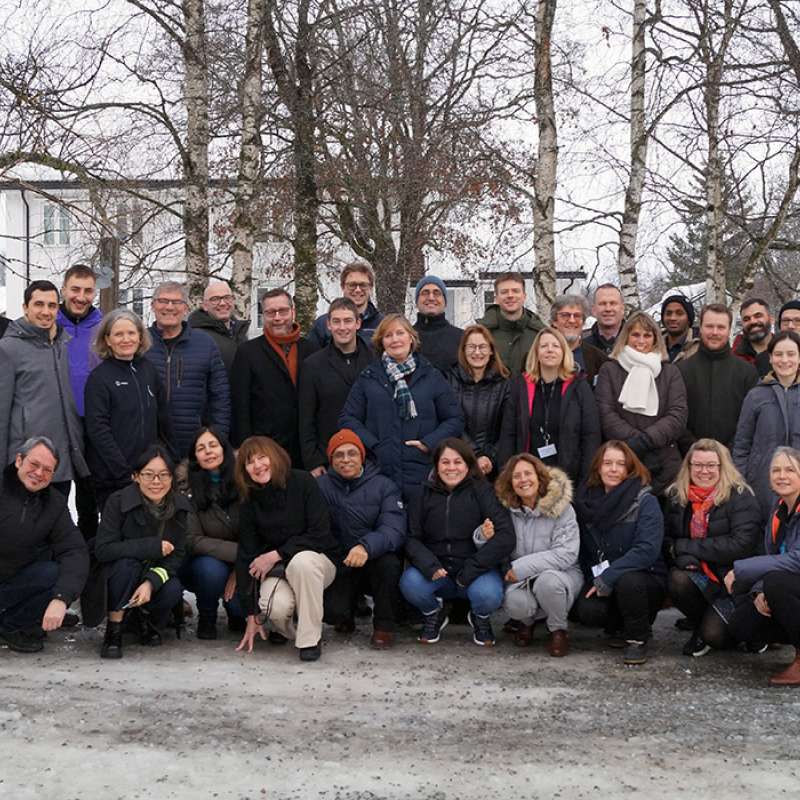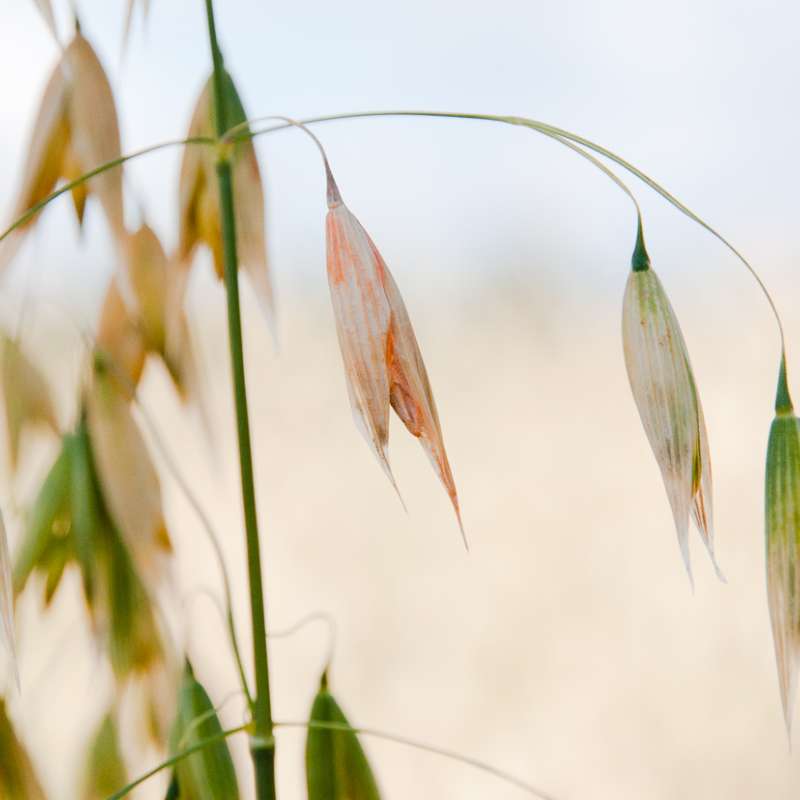Birgitte Henriksen
Avdelingsleder/forskningssjef
(+47) 472 90 567
birgitte.henriksen@nibio.no
Sted
Ås - Bygg H7
Besøksadresse
Høgskoleveien 7, 1433 Ås
Sammendrag
Det er behov for å utvikle mer kunnskap om hvorvidt og i hvilken grad plantehelsa i korn dyrket under en regenerativ dyrkingspraksis under norske forhold, skiller seg fra plantehelsa i korn fra skifter med en mer konvensjonell dyrkingspraksis. I prosjektet «REKORN» ønsker vi å sammenlikne plantehelsa i korn fra skifter dyrket med ulike dyrkingsmetoder som benyttes innen regenerativt landbruk.
Forfattere
Heidi Udnes Aamot Adnan Šišić Lars Olav Brandsæter Silje Kvist Simonsen Birgitte Henriksen Jörg Peter BareselSammendrag
Over the past decades, significant efforts have been made to promote the cultivation of legumes. Cultivation of legumes, particularly grain legumes, can reduce the use of mineral nitrogen fertilizers, enhance biodiversity, reduce dependence on imported feed proteins, and improve soil biological properties and humus content. Despite these efforts, grain legumes are still not widely grown. One major obstacle to legume cultivation is "legume fatigue". Legume fatigue limits the expansion of legume cultivation in many European regions. The exact causes of legume fatigue are not fully understood, but soil-borne diseases interacting with abiotic factors are believed to play a key role. Recent findings suggest that the balance between pathogen load and soil suppressiveness is critical. Some farms and regions do not report legume fatigue as a problem, while others experience severe limitations in legume production. Identifying the causes of this variation is urgent and requires a collaborative effort that covers different environments and includes comprehensive assessments of both biotic and abiotic factors. In a recently launched project, LeFaSus, a network of farms and long-term experiments has been established to identify the primary factors contributing to legume fatigue. This network spans a transect from southern to northern Europe, including Italy, Germany, Luxembourg, and Norway. The project aims to deliver a reliable set of indicators for both legume fatigue and disease-suppressive soils, linking these indicators to the management practices that likely influenced them. The background and plans for the project will be presented.
Sammendrag
Det er ikke registrert sammendrag

Divisjon for bioteknologi og plantehelse
LeFaSus - Uncovering Legume Soil Fatigue for Sustainable Expansion of European Grain Legume Cultivation
Målet med dette prosjektet er å identifisere de viktigste årsakene og indikatorene for belgveksttretthet i en rekke europeiske miljøer.

Divisjon for bioteknologi og plantehelse
LeFaSus - Uncovering Legume Soil Fatigue for Sustainable Expansion of European Grain Legume Cultivation
LeFaSus seeks to identify the most important causes and indicators of legume fatigue in several European countries.

Divisjon for bioteknologi og plantehelse
REKORN: Can regenerative cultivation methods contribute to reduce the risk of fungal diseases in cereals?
Regenerative agriculture is referred to as a bridge between organic and conventional agriculture and has received increased attention in recent years. Regenerative agriculture focuses on soil health and cultivation measures that can stimulate soil life and plant growth. An improvement in soil health is visualized, among other things, in increased carbon storage in the soil, limited soil compaction and increased microbiological diversity. The methods used to improve soil health within cereal cultivation may include crop rotation, reduced tillage, intercropping, use of catch crops and surface composting where plant residues are mixed into the top-soil layer.

Divisjon for bioteknologi og plantehelse
REKORN: Kan regenerative dyrkingsmetoder bidra til å redusere risiko for soppsjukdommer i korn?
I prosjektet «REKORN» ønsker vi å sammenlikne plantehelsa i korn fra skifter dyrket med ulike dyrkingsmetoder som benyttes innen regenerativt landbruk. Gjennom REKORN ønsker vi å utvikle kunnskap om sammenhengen mellom jordhelse og plantehelse.

Divisjon for bioteknologi og plantehelse
Plant Pest Prevention through technology-guided monitoring and site-specific control (PurPest)
The main objective of PurPest is to control serious plant pests during import and to manage them in the field by developing a unique concept enabling pest detection in a timely and non-invasive manner.

Divisjon for bioteknologi og plantehelse
Kunnskap om faktorer som påvirker utvikling av sopp og soppgifter
Prosjektet skal identifisere faktorer som påvirker innhold av soppgifter eller andre naturlig dannede uønskede stoffer i planter, og utvikle kunnskap som kan bidra til å redusere forekomsten av slike gifter.
